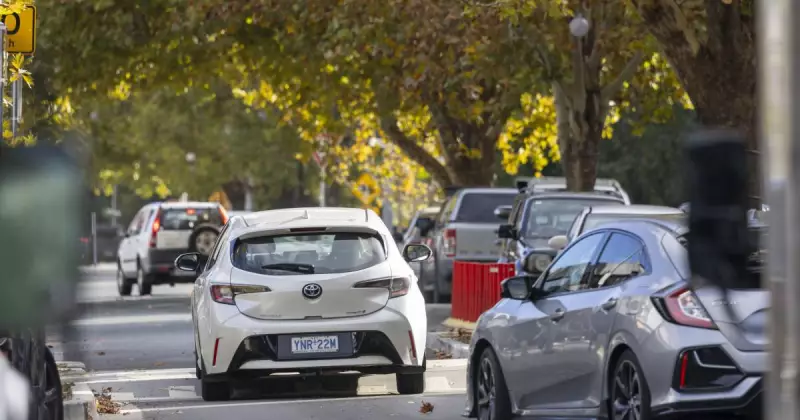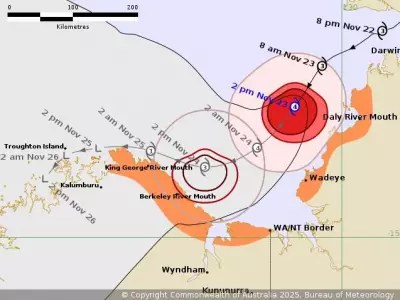
Canberra could see dramatically lower speed limits implemented in busy urban areas as road safety experts push for 30km/h trials following concerning data about young drivers' speeding habits.
The case for slower streets
A University of NSW research team led by senior lecturer Dr Oleksandra Molloy has released compelling findings that nearly three in five young drivers admitted to speeding in low-speed zones across the ACT. Their comprehensive two-stage project examined driver behaviour and speed compliance, revealing critical insights about how to protect vulnerable road users.
The research, completed in November 2025, identified specific Canberra suburbs where 30km/h limits would be most effective, including the city centre, Braddon, Dickson, Kingston, and several other locations with high pedestrian activity.
Public resistance and potential solutions
Despite the safety benefits, the study found less than half of participants supported introducing 30km/h zones in the ACT. Many drivers expressed concerns about frustration, cruise control functionality, and whether lower limits would actually change behaviour without additional measures.
"Reducing speed limits alone may not guarantee improvement in speeding by the ACT's young drivers," Dr Molloy cautioned. "However, if we are seriously aiming to reduce road-related injuries and fatalities among young drivers, we need a combined strategy that includes education, enforcement, and engineering solutions to support safer driving."
The research revealed a significant gap between awareness and acceptance: while over 75% of participants acknowledged the link between lower speed limits and improved public safety, 80% didn't believe 30km/h zones would actually reduce speeding.
Innovative training shows promise
One of the project's most promising findings came from cognitive-based training interventions tested in driving simulators. Researchers discovered that young drivers consistently exceeded posted speed limits, but those who received targeted feedback about their performance, along with information about financial and safety implications, reduced their speed by up to 3km/h on average.
"This highlights the effect that cognitive-based interventions could have on reducing speeding if included in driver training," Dr Molloy explained, noting that the simulator allowed observation of real-time behaviour in a controlled environment.
The ACT government has welcomed the report, confirming the findings will help shape the next ACT road safety strategy. A government spokesperson pointed to existing trials like the Sherbrooke Street active travel project in Ainslie as examples of creating safer, slow-speed environments for walking and cycling.
Historical context supports the potential for public acceptance to grow over time. When the ACT implemented a standard 50km/h limit for residential streets in July 2003, lowering it from 60km/h, a trial found that 77% of residents eventually wanted the slower speeds to remain.
The 2024-25 ACT Road Safety Action Plan indicates the government will consider expanding lower speed zones in areas with high risks to vulnerable road users, potentially transforming how Canberrans move through their city while saving lives.





